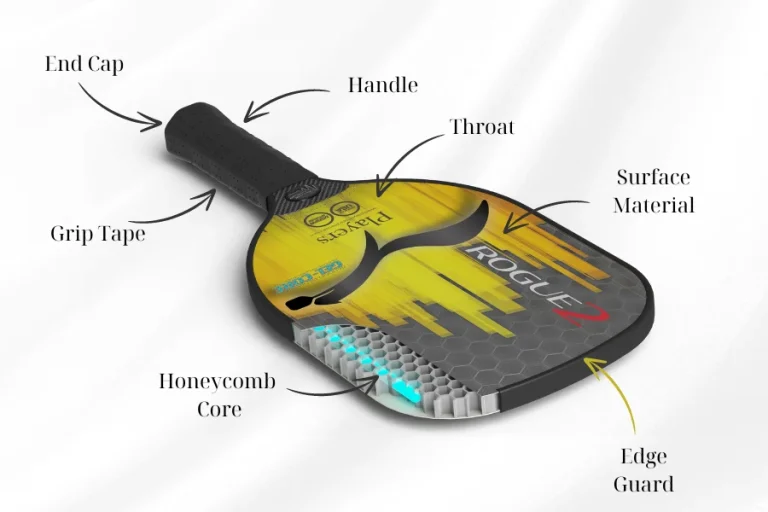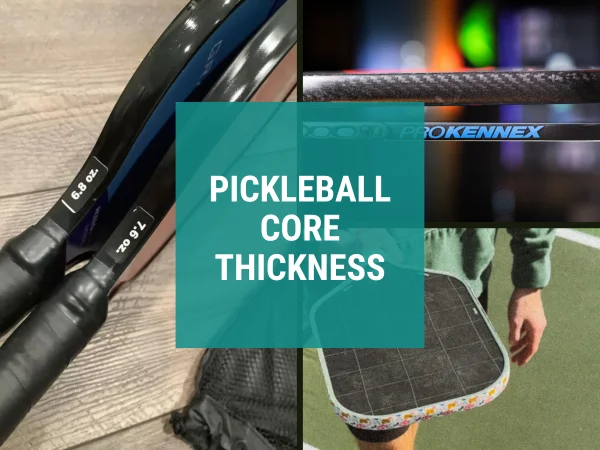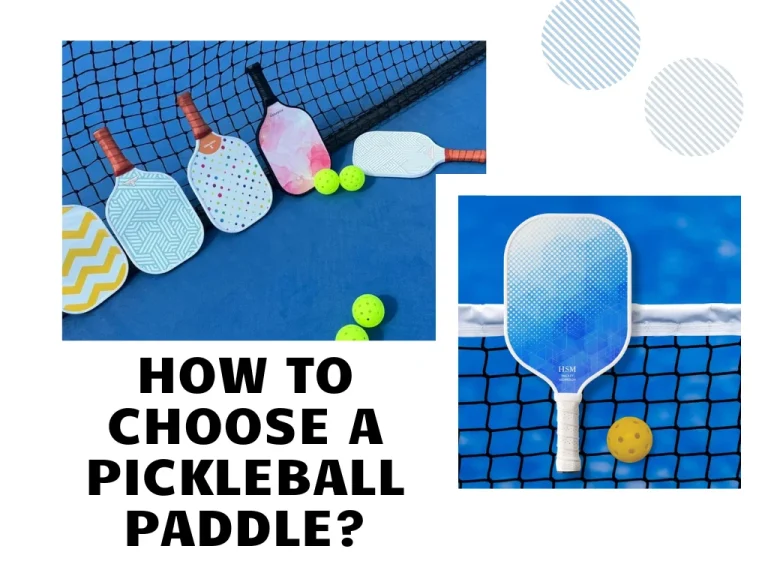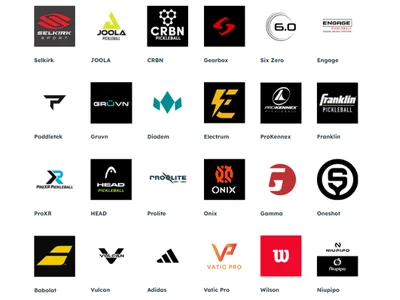With pickleball rapidly growing in popularity across the US, the variety of paddles available on the market has increased significantly. However, not all paddles meet the official standards. USA Pickleball has established specific regulations for paddles to ensure fair play and consistency in the game. Understanding these regulations is essential to ensure the paddle you are using is compliant.
USA Pickleball’s regulations for paddles are detailed and comprehensive. However, many players find the official documentation difficult to navigate. Therefore, we have compiled and summarized the key points including size, weight, surface material, and more from the USA Pickleball regulations to provide clear and accurate information. This guide aims to help players quickly determine whether their paddle is legal for use in tournaments.
1. Pickleball Paddle Size Restrictions
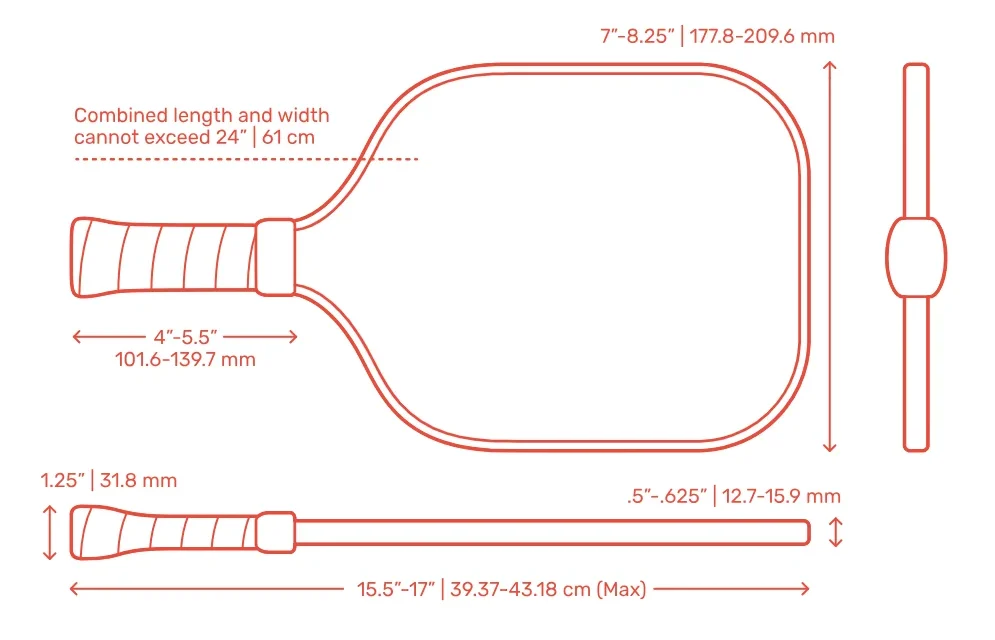
In terms of size, according 2.E.3 in USA Pickleball Regulations, ensure the total length and width of the racket does not exceed 24 inches, including the edge guards and butt cap. Specifically, the paddle length from top to handle must be under 17 inches. Paddle width typically ranges from 7 to 8.25 inches, but the total dimensions must remain within the 24-inch limit. For instance, a racket with a 15-inch length and 8.25-inch width totals 23.25 inches, complying with the regulations.
2. No Official Weight Limit For Your Paddle
There is no official weight limit for rackets. Manufacturers currently produce rackets ranging from 6 to 14 ounces. This weight variation caters to different player needs and playing styles.
- Lighter paddles, typically between 6 and 8 ounces, offer better control and facilitate technical shots.
- Heavier ones, from 8 to 14 ounces, provide increased power and durability. (See more in rules 2.E.4)
3. Using Safe Material For Pickleball Paddle
As detailed in rule 2.E.1 and 2.E.6, all paddles must be made of hard, strong materials to withstand the strong impacts of play. Next, your paddle must not be easily compressed, meaning soft, easily deformed materials will not be approved. You can look up more standard materials on the USA Pickleball website. Generally, on the market, popular materials for paddle production include graphite, synthetic materials and wood.
Here, I will give you a list of banned materials to avoid:
| Category | Detail |
|---|---|
| Prohibited Coatings | No paint with sand, rubber, or vinyl compounds designed to create extra spin on the ball. |
| Banned Substances | No natural or synthetic rubber on the paddle surface |
| Surface Texture | No sandpaper, like texture that increases spin. |
| Prohibited Mechanisms | Any moving parts that increase the paddle’s power and momentum are not allowed.Vibration dampers are okay because they don’t change the paddle’s performance much. |
| Banned Features | No springs, spring-like materials, flexible membranes, or compressible materials that act like a trampoline. |
| Forbidden Enhancements | No electrical, electronic, or mechanical aids built into the paddle. |
4. There Are No Specific Regulations Regarding Thickness
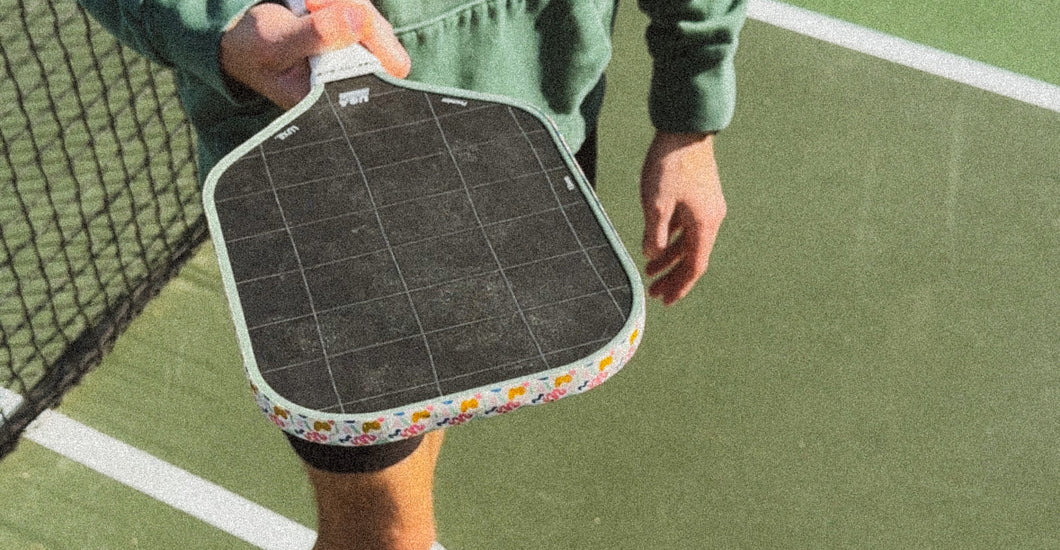
There are no specific regulations regarding thickness for pickleball paddles as stated in rule 2.E.3 of the USA Pickleball regulations. Currently, most common pickleball paddles have a thickness ranging from 10mm to 16mm.
- Thinner paddles are typically 10mm to 12mm, providing better ball control and a light feel when playing.
- Besides, thicker paddles are usually 16mm or more, providing greater power and durability, suitable for powerful shots and better control.
To know all types of thickness and which is the best for your paddle, you can read at: Types Of Pickleball Paddle Thickness
5. Ensuring Your Surface Is Smooth
To ensure fair play, pickleball paddles must have smooth hitting surfaces without bumps, dents, or rough spots. Moreover, the paddle should not allow players to put excessive spin on the ball.
So to make sure you meet the standard, the roughness must be within the USA Pickle regulations in 2.E.2. I will give you a quick heads up to make sure you have the correct definition of your reaction.
To measure the racquet shine, use a special tool called the Starrett SR160 or SR300 Surface Tester (or a compatible device). The racquet surface must have an average gloss of no more than 30 microns and a maximum gloss of 40 microns. Additionally, these measurements are taken on different parts of the racquet to check for the highest level.
6. Player Can Modify Your Paddle Within Certain Limits
According to Rule 2.E.4 from pickleball regulations, players are allowed to modify their paddles within certain limits. Adding lead tape for weight adjustment is common, but modifications should not alter the paddle’s original characteristics beyond what is permissible.
Moreover, players can make changes to a certified paddle, such as adding edge guard tape, weighted tape, or adjusting the grip.
- Decals and tape must stay within 1.0 inch (2.54cm) above the grip and 0.5 inch (1.27cm) from the paddle’s edge, or from the edge guard if present.
- Handwritten markings are allowed if they don’t affect the paddle’s surface and are tasteful.
- No other graphics are permitted on commercial paddles except for handwritten notes (Detailed in 2.E.5)
7. For Pickleball Manufacture: Testing and Certification
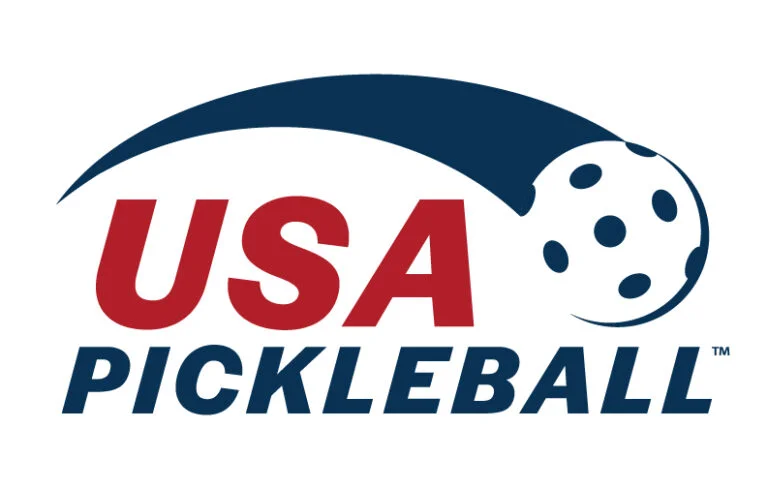
Testing and certification are crucial processes specifically for manufacturers when producing a new type of pickleball paddle, according to rule 2.E.7. Manufacturers must ensure that their paddles comply with the regulations set by governing bodies such as the USA Pickleball Association (USAPA). Each paddle must undergo rigorous testing and receive a “USA Pickleball Approved” verification, indicating that the paddle is approved for tournament play.
To achieve this certification, manufacturers need to follow a detailed process. First, they must design and manufacture paddles that meet the official standards regarding size, weight, surface roughness, and materials. Next, these paddles must be submitted to the USAPA or other relevant governing bodies for testing. The testing process involves evaluating the paddles against the set criteria to ensure compliance.
Once the paddles pass these tests, they are granted the “USA Pickleball Approved” status, allowing them to be used in official competitions. This certification not only assures players of the paddle’s quality and fairness but also enhances the credibility and marketability of the manufacturer’s products.
Is Your Pickleball Paddle Approved or Illegal?
When producing a new type of pickleball paddle, it is essential for manufacturers to ensure their products comply with the regulations. Each paddle must undergo rigorous testing to receive a “USA Pickleball Approved” verification. This verification indicates that the paddle adheres to all official standards and is eligible for use in tournament play. If a paddle does not receive this approval, it is considered illegal and cannot be used in official tournaments.
To determine whether your paddle is approved or banned, you can refer to the USA Pickleball Equipment Approval List. This list includes all paddles that have been tested and certified as compliant with USAPA regulations.
Here’s how to check if your paddle is approved:
- Visit the USA Pickleball Equipment Approval List
- Search for Your Paddle: Use the search function to find your paddle by brand and model.
- Verify Approval Status: Check if your paddle is listed as “USA Pickleball Approved.” If it is not listed, it is considered illegal for tournament use.
By following these steps, you can ensure that your paddle is compliant with official standards and ready for competitive play.
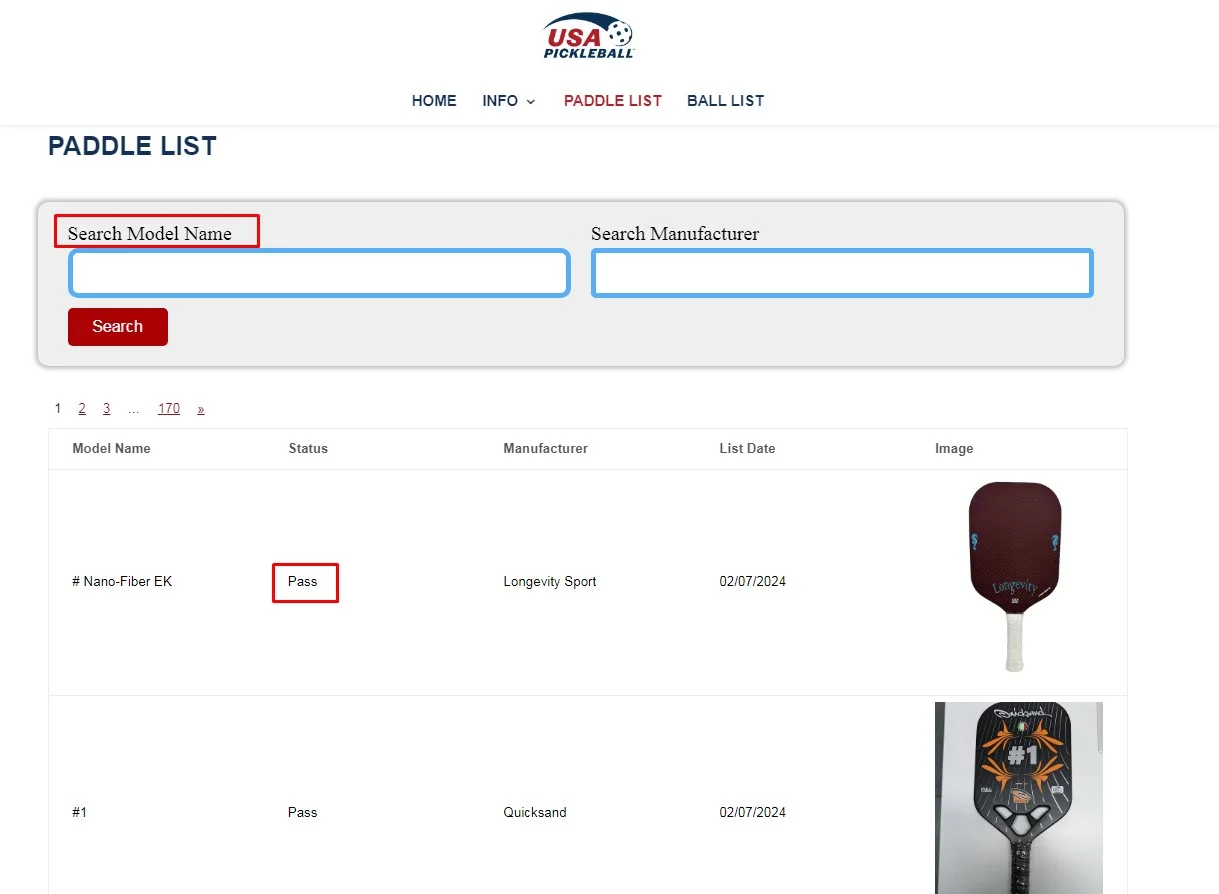
In Summary
Adhering to pickleball paddle regulations is crucial for ensuring fair play and maintaining a level playing field. By following the guidelines on size, weight, surface material, and other specifications, players can enjoy a consistent and competitive game. If you plan to participate in tournaments, check if your paddle is approved before purchasing.
For the most accurate and current information, it’s essential to consult official rulebooks and resources from governing bodies like USA Pickleball and other relevant organizations. We will keep you updated with any changes from these official sources, so be sure to follow our Pickleball Paddle 101 for the latest information and updates.


